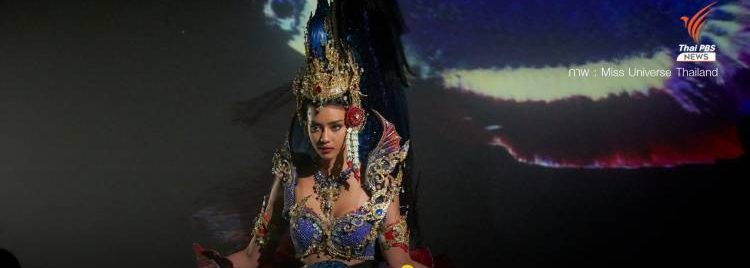The Meteorite was also Written About
Eyewitnesses reported three loud explosions with stone fragments falling in not less than six locations. A number of fragments of this meteorite have been collected within the Tashua part of Trumbull, in and around what is now Sturbridge Lane and Tashua Knolls. The remaining a part of the debris subject prolonged into the western a part of neighboring Trumbull. The vast majority of the meteorite’s debris discipline is located in and around Easton Reservoir within the town of Easton, however this space on the time was inside Weston. Fragments from the fall had been collected, documented, and chemically analyzed by Yale University professors Benjamin Silliman and James Luce Kingsley. The Weston meteorite is the primary meteorite to fall in the brand new World which was documented in such a manner, marking the start of meteorite science within the United States.
Fragments of the meteorite remain within the Yale meteorite collection, which is the oldest such collection within the United States. Meteoritical Bulletin Database. Meteoritical Society. Archived from the original on 14 March 2020. Retrieved 29 April 2017. Coordinates that best express the Weston fall are 41°16’N, 73°16’W (see new publication by Robson and Pagliaro 2009). The Weston meteor was noticed for roughly ten seconds at 06:00 Eastern Normal Time (11:00 UTC) on 1807 December 14 over New York state and New England. The meteorite was also written about, on the time, by Nathaniel Bowditch, calculating the dimensions and trajectory of the meteor.
The meteor’s atmospheric trajectory was on a course of 155 degrees azimuth (NW to SE) at a slope to the horizon of 30 degrees. A significant fragmentation of the meteoroid occurred in the vicinity of recent Milford, Connecticut at an altitude of 30 km. Upper air winds distributed the seven fragments recovered into a classical elliptical pattern (centered on the above given coordinates); the main axis being 12 km and orientated north to south. Prince, Cathryn J. (2010-12-14). A Professor, A President, and A Meteor: The Birth of American Science. The meteor became seen at an altitude of approximately 84 km and its terminal level was at an altitude of roughly 16 km. Yale Peabody Museum of Pure History.
Wheeler’s farm exploded as a fireball raced throughout the onyx sky. All the things lit up-his residence, his barns, the bushes, the blue stone walls. King, D. T; Petruny, L. W. (2008). “The Weston Meteorite (1807)-Affect Websites in Fairfield County, Connecticut” (PDF). Lunar and Planetary Science Convention. 39: 2163. Archived (PDF) from the unique on 25 October 2012. On December 14, 1807, a broadly witnessed meteorite fall over Weston, Fairfield County, Connecticut, introduced the brand new science of meteoritics to the United States.
Recovered, documented, and chemically analyzed by Yale University professors Benjamin Silliman and James Kingsley, the Weston meteorite grew to become the primary such scientifically verified meteorite fall in the brand new World. Hudson Institute of Mineralogy. Archived from the unique on 12 September 2019. Two or three days after the fall, Professor Benjamin Silliman heard of it and – with Professor James L. Kingsley – immediately went to Weston to investigate. Retrieved 25 November 2021. Fragments of the exploding stone had rained about the town, and one large piece struck not two rods distant from the Prince home. Fragments collected by Silliman and Kingsley were the primary catalogued objects in the Yale meteorite assortment, the oldest such assortment within the United States.
This intrepid household, upon discovering the treasure that had buried itself of their front yard, promptly dug it up and smashed it apart, discerning, with a way of true Yankee economy, that if one stone may very well be valuable, many had been more so. Through the use of this site, you agree to the Terms of Use and Privacy Coverage. Textual content is available below the Artistic Commons Attribution-ShareAlike 4.Zero License; extra terms could apply. Wikipedia® is a registered trademark of the Wikimedia Basis, Inc., a non-profit organization. This web page was final edited on 21 July 2025, at 16:38 (UTC).
